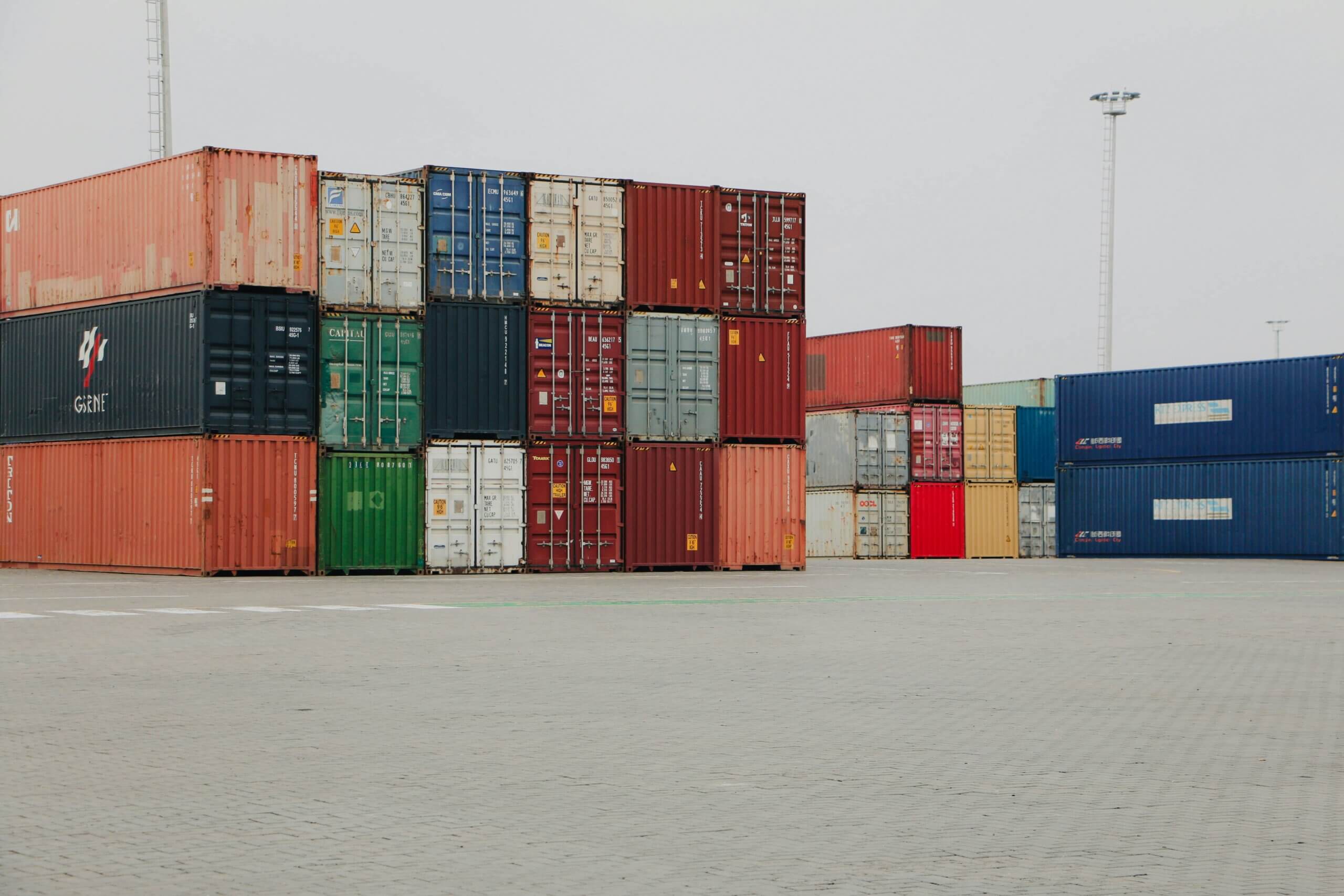A new report from project44 underscores the critical need for visibility in managing global supply chains as companies deal with the fallout on maritime shipping from the COVID-19 pandemic. Four out of five global shippers surveyed this past spring for our report said they regard sea freight visibility as extremely essential for the logistics flexibility to manage and prevent supply chain disruptions. Some 204 importers and exporters took part in our special survey.
Current Maritime Problems Batter Lead Times
This spring, as port congestion and a shortage of ocean shipping capacity started to manifest, project44 a conducted survey of importers and exporters to see how those problems were impacting their business. Three out of five companies surveyed by project44 said their lead times have increased by two to six weeks as a result of maritime shipping problems. The survey also found that 18.6 percent of respondents had pushed out lead times beyond six weeks.
Lead time is the amount of time from when a company places an order to when it receives delivery of the goods. It is a key factor in supply chain calculations for holding inventory. When faced with a long lead time for global door-to-door shipments, companies have to hold higher amounts of safety stock to have enough products or parts on hand to meet expected customer demand.
Because holding more inventory for safety stock ties up working capital, for financial reasons, most companies today make it their supply chain practice to maintain lean inventories. Companies operating in this fashion depend on reliable deliveries from suppliers to maintain lead times and keep inventory in stock.
When lead times lengthen unexpectedly, it disrupts inventory management and often leads to problems with maintaining an adequate supply of parts or products.
Visibility Needed to Manage Lead Time Variability
Real-time door-to-door visibility of ocean shipments in transit enables companies to navigate maritime disruptions and minimize the impact of variability in lead times. In fact, 80.9 percent of shippers surveyed said visibility into sea freight shipments were extremely essential.
Our survey found that shippers have made strides in their use of transportation visibility over the last decade, with 92.6 percent of the respondents having at least partial visibility into their supply chain operation. Even though shippers have taken steps to improve their transportation visibility, only 49.5 percent of survey respondents felt they had enough visibility into their maritime leg of their supply chain journey. Another 17 percent said they need more visibility on land movements of intermodal shipments.
Visibility of ocean shipments in transit gives shippers the means to take corrective action when problems arise such as delays in ship arrivals due to port congestion or blank sailing that requires shipment rebooking or rerouting. project44 provides shippers with an advanced platform for multi-modal, real-time transportation visibility so they can better manage lead-time variability.
Check out the entire report
In addition to the impact of lead times on supply chains, the survey also looked into port congestion, higher ocean-shipping rates, the ocean-freight capacity crunch, and near-shoring.



